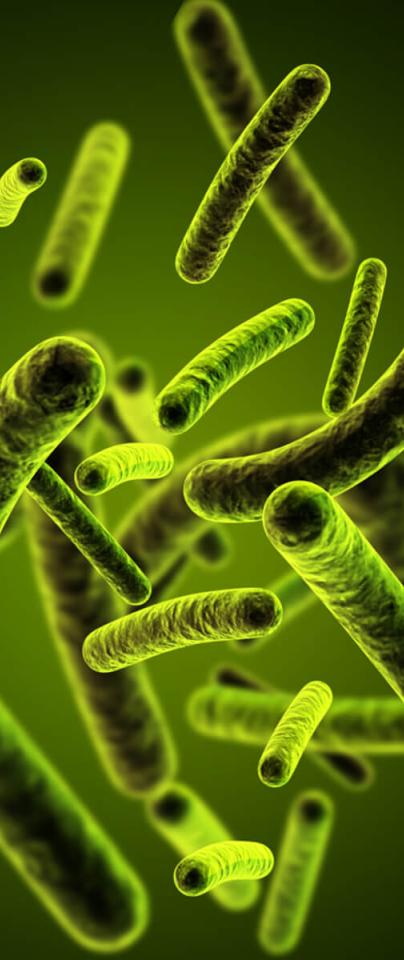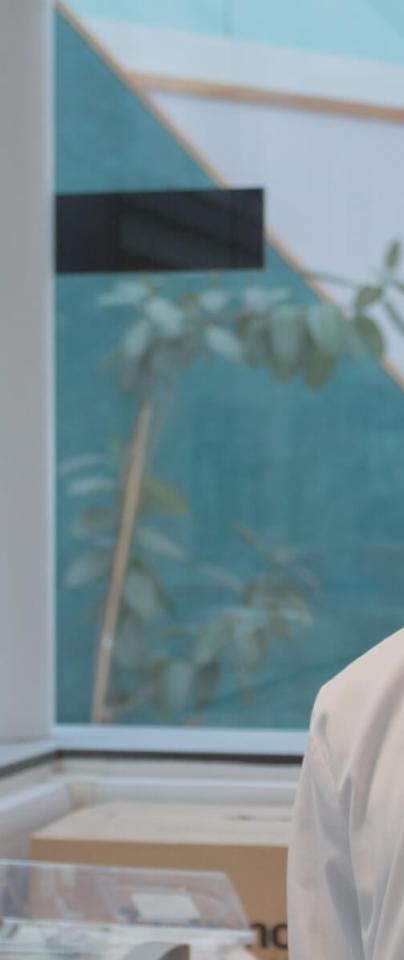How do you know if you’ll hack it in the real world?
Student Sam Horsfield tells us why his work placement at EI has been invaluable to his career.
One of our Year in Industry students, Sam Horsfield, working with our Platforms & Pipelines Group and Leggett Group on metagenomics, tells us why his placement has proven to be an invaluable experience; in and out of the lab.
“So what are you going to do after university?”
A question that sends shivers down the spines of any undergraduate with the misfortune to be in earshot. University is safe; a place to develop yourself socially and intellectually, while still knowing the grey area that is life post-graduation can be a worry for another day. Problem is, when that day does come around (and it will, even for those of us lucky enough to be first years) can you honestly say you’ll know what to expect when you get your first job?
Jesting aside, for the undergraduates among you, this piece is not meant to be a warning. On the contrary, it’s about making that next step a bit less daunting.
As I write this I’m sat at my work desk, hundreds of miles away (give or take a few) from the safety of university, having just taken time off from testing DNA extraction methods, programming liquid handling robotics and general laboratory tomfoolery (as my job description would depict) to write this, what I believe to be, incredibly significant piece.
The Earlham Institute, or EI, has been my home for the best part of three months now. In that time, I’ve learnt almost everyone in the Institute by name (a fair achievement, seeing as numbers at EI have grown to well over 100), used an array of technology that wouldn’t be out of place in the ‘bridge of the Enterprise’, and had the pleasure of listening to research at the very forefront of science from the very researchers that conducted it.
In the first weeks of the placement, I was put on rotation, moving through the institute and its various research teams; from research faculty to public engagement, national capability next-generation sequencing to high-performance computational analysis, I saw it all.
The rotational period could not have come at a better time; for a third-year fresh out of undergraduate labs, coming to grips with the working environment that I now found myself in would take some time. Though, through shuffling around the building week-to-week, the idea of being tossed in at the proverbial deep-end never really came to mind.
Instead, I found being surrounded by world class science threw up all sorts of questions I couldn’t wait to ask my supervisors (to whom I must apologise for my initial inquisitional bombardment!)
You will surprise yourself, as I did, with how quickly you’ll settle into working life. The only worry for me now is in final year, will I be able to get used to my lie-ins again before my 10am lecture?!


In biology, especially in molecular biology, being able to write your own scripts and understand the scripts of others is assumed more and more to be part of a scientist’s repertoire.

Only really feeling at home in a laboratory setting prior to coming to EI, I was rather apprehensive about the thought of learning computer speak (code as I’ve now come to calling it). With a National Capability in high-performance computing as well as sequencing technology at EI, I knew even before my first day that learning how to code would feature heavily in my development as a modern day scientist.
In biology, especially in molecular biology, being able to write your own scripts and understand the scripts of others is assumed more and more to be part of a scientist’s repertoire.
While being rotated around the various departments, I was not only introduced to how to code, but the importance to its implications in vastly improving the analysis an individual, or indeed a research group, can do. The moral of this short ballad of a novice programmer, slowly coming to grips with the tools of his trade is not the specifics, but the general principle. Your time on placement should not just play to your own strengths, but the strengths of the people around you.
So what am I doing at the moment?
Placements are usually organised into projects, either many smaller tasks or, like in my case, a large piece of work that will occupy a large proportion of your time. Large or small, all the projects have the additive effect of giving you invaluable experiences that you’re unlikely to have in a pure university course. With my position at EI, came an enormous scope of equally fascinating and incredibly exciting projects, for which I am extremely grateful to all the research groups for putting forward.
After weeks of self-deliberation, I decided upon a project which tests the very latest in DNA sequencing technologies on metagenomic applications (sequencing environmental DNA of a particular niche, for example; a soil, gut or water microbiome).
But even as scientists, we can’t just run outside, grab a handful of soil and begin sequencing it on our new toy. We essentially have to cheat, and sequence a sample where we ourselves know what DNA is present and in what quantity, but the machines do not. That way we can ‘benchmark’ the use of the sequencers and identify strengths and weaknesses that can be tweaked to improved accuracy.
That’s where I come in.
I’m making a mock community; a controlled sample with a known composition of various bacterial strains, to which we can compare and contrast the data that comes out of the sequencing machines. My choice was not made lightly, but in the end I went for a project that complemented my yearning for lab work, and also gave me a new challenge; bioinformatics.
As I said before, I had next to no experience in computing prior to my arrival at EI, so it was my priority to swap my lab bench for an office desk, for some of the time at least. This project will involve being responsible for making the mock community; sequencing it and then analysing the gigabytes upon gigabytes of data that will ensue; and I couldn’t be happier!


...taking a year out from university to practice what’s been preached at you, though seemingly arduous at first, is a unique voyage of self-discovery and development.

Hopefully those of you brave enough to read past the initial horror show in the first paragraph, will appreciate that a taking a year out from university to practice what’s been preached at you, though seemingly arduous at first, is a unique voyage of self-discovery and development. Just a quarter of the way through my EI placement, I can honestly say it has been one of the most eye opening and rewarding experiences I have ever had, and probably will ever have.
The advice I give to those undergraduates which are considering a placement year, and especially to those of you that aren’t, is that making a choice about your future should never be done lightly. Weighing up all the options and taking that leap of faith at the end of your course can be made that bit easier when you have the right information in front of you, which can come from the right placement.
Whether it confirms or disproves your ambition to pursue a particular career; either way you’re learning about what’s right for you and your future, all the while gathering a myriad of contacts and transferrable skills that employers will drool over.
A word of warning though. Just like the world of work, applications for placements are tough; in my own experience I applied for over ten positions, in some cases spending hours upon hours filling out online forms and covering letters, only ever amounting to a single interview.
The key, like anything worth the effort, is to keep at it. Because believe you me, when you’re reaping the rewards in the days and weeks and years to come, you’ll wonder why you ever worried in the first place.
Sam is working with Darren Heavens and Richard Leggett, developing a set of mock communities for evaluating new next-generation sequencing technologies, to produce Illumina and Nanopore sequencing libraries and to perform bioinformatic analysis on the resulting data. As real-world metagenomic communities are inherently complex and hard to fully describe, EI have recently begun to develop defined mock communities of known bacteria at specific abundance levels. These mock communities will underlie all our metagenomics technology experiments.
Find out more about our Education programme.